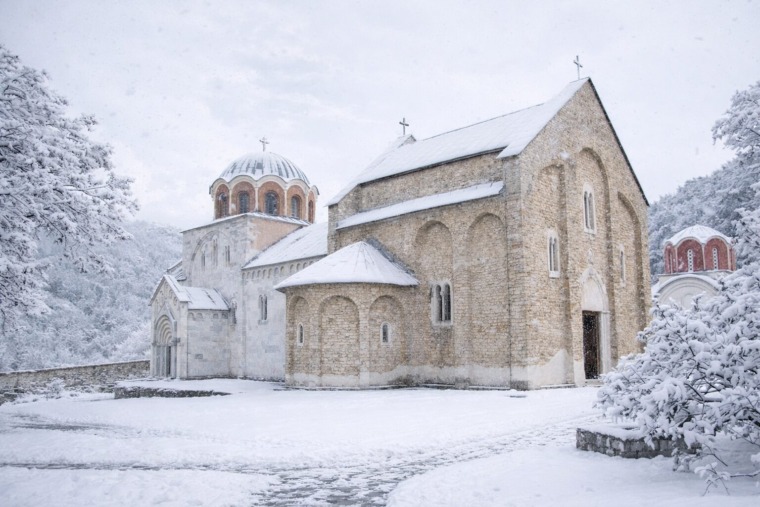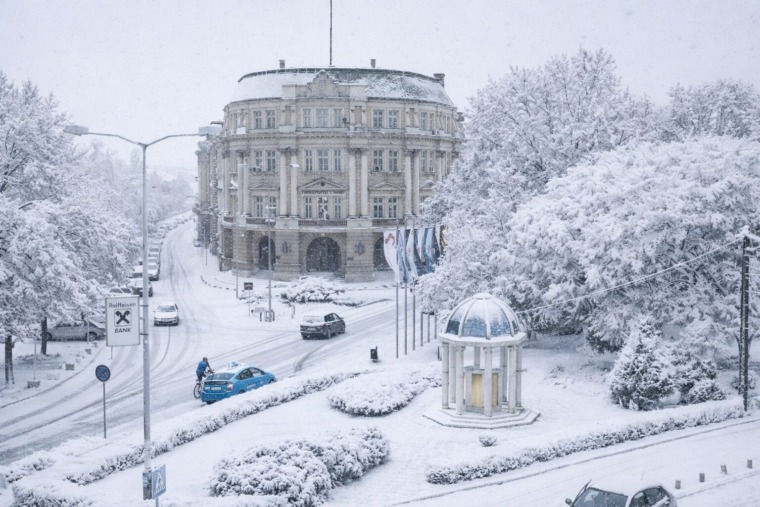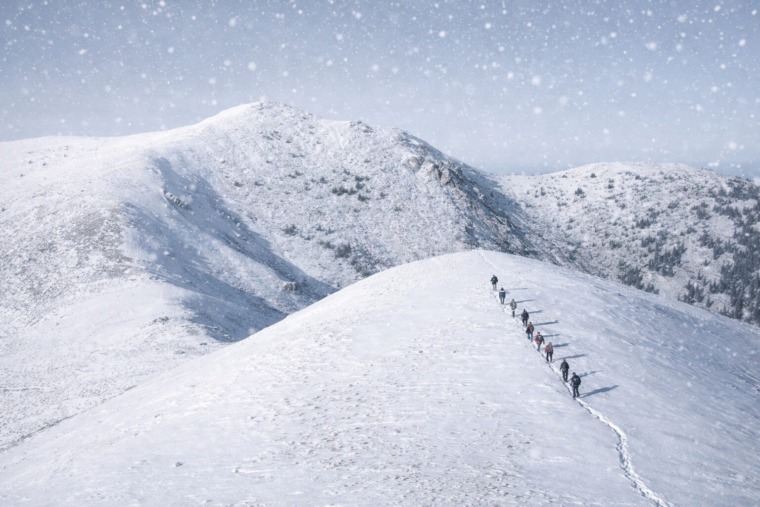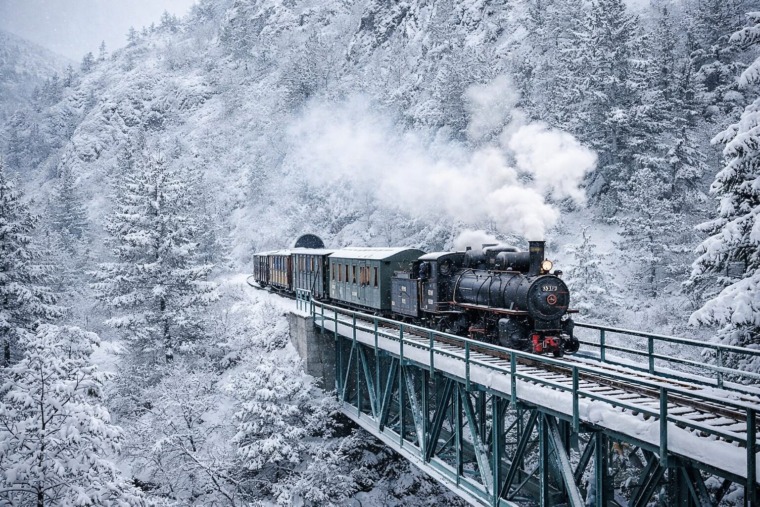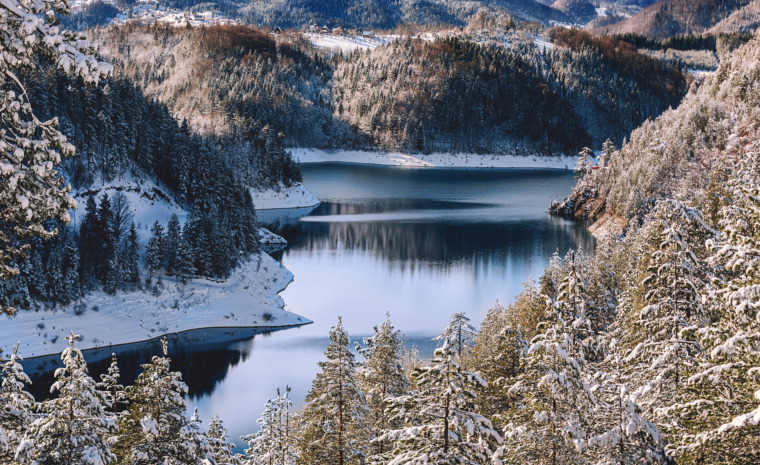
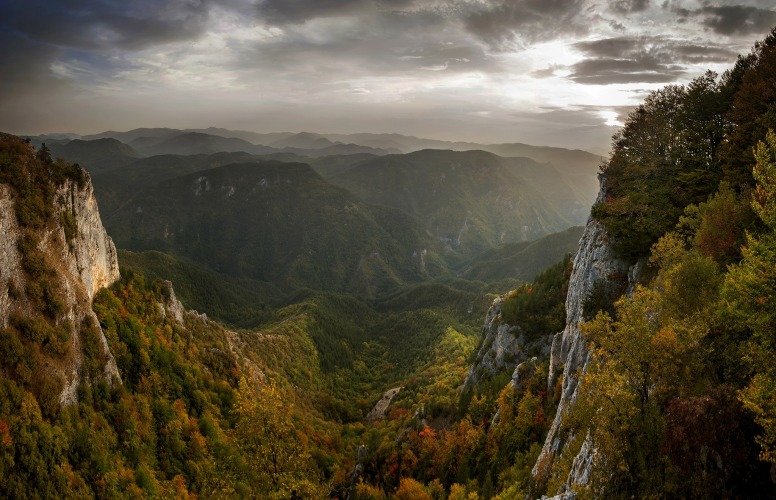
Nestled in the heart of eastern Serbia, Lazarev Canyon (Lazareva Klisura) is a geological marvel that offers visitors a unique blend of natural beauty and historical intrigue. Known for its dramatic limestone cliffs, deep gorges, and hidden caves, Lazarev Canyon has become a popular destination for hikers, adventurers, and history enthusiasts alike. Located near the town of Bor, the canyon offers both natural splendor and a glimpse into Serbia’s distant past.
The Landscape of Lazarev Canyon
Stretching over 4.5 kilometers, Lazarev Canyon is characterized by its steep cliffs, some rising over 300 meters, that form an almost otherworldly landscape. These towering walls have been carved over millions of years by the forces of nature, particularly the Lazareva River, which snakes its way through the canyon. The river is modest in size but has shaped the area into a maze of narrow passages and rocky outcrops.
The canyon is part of the Deli Jovan mountain range, a region rich in biodiversity and geological significance. Its rocky terrain is dotted with a variety of unique plant species, some of which are endemic to the area. Exploring the canyon, visitors are likely to encounter dense forests of oak and beech trees, as well as rugged, open landscapes that offer sweeping views of the surrounding mountains.
The Fascinating Lazar’s Cave (Zlot Cave)
One of the most captivating features of Lazarev Canyon is the Lazareva Pećina, also known as Lazar’s or Zlot Cave. As Serbia’s longest cave system, Lazareva Pećina spans over 9 kilometers and is filled with a labyrinth of tunnels, chambers, and stunning stalactite and stalagmite formations. The cave has a history that stretches back to prehistoric times, as archaeological evidence suggests early humans once inhabited it.
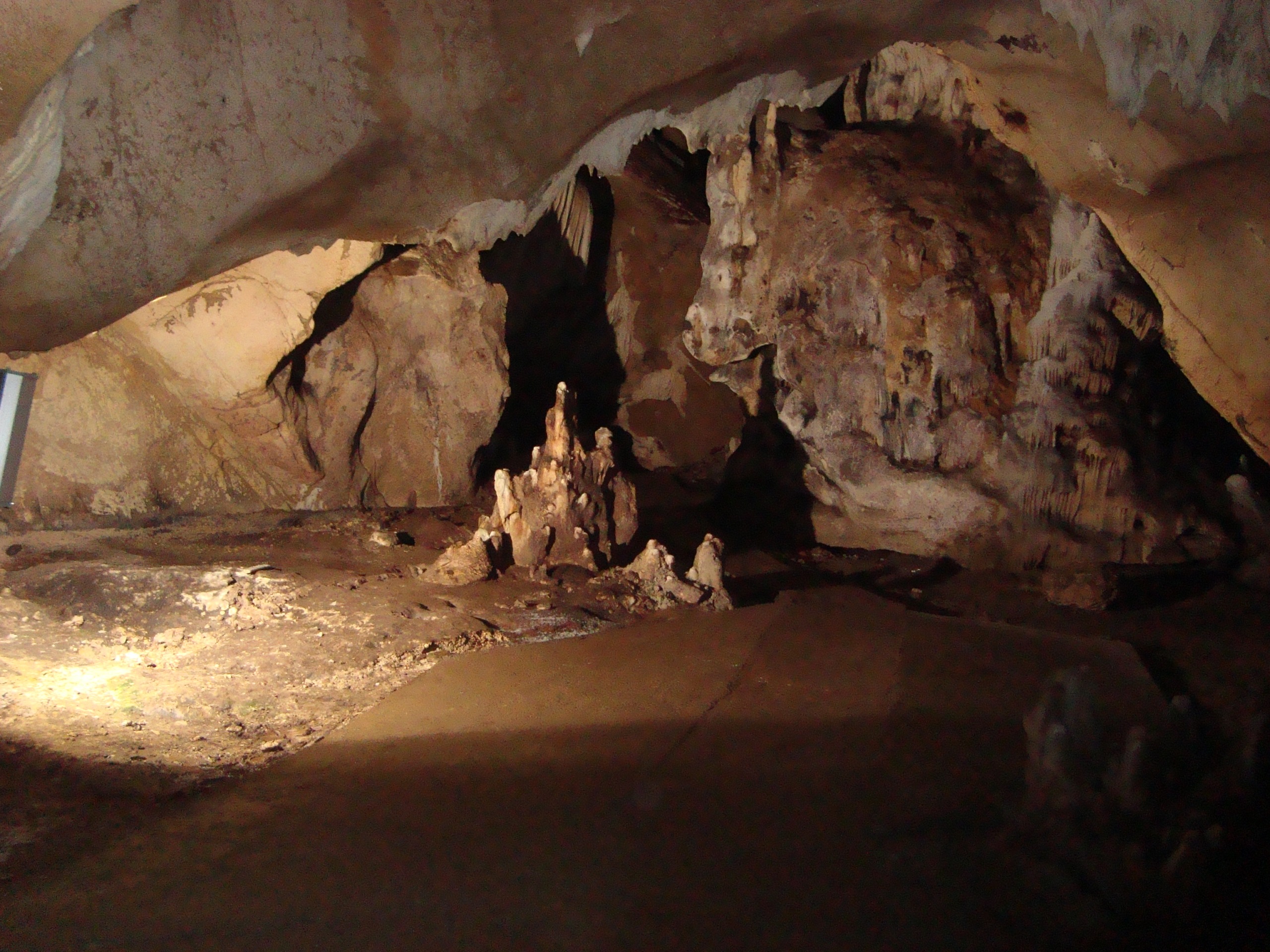
https://upload.wikimedia.org/wikipedia/commons/6/67/Lazareva_pe%C4%87ina%2C_pe%C4%87inska_figura_Bizon.jpg
Inside, visitors can explore various chambers, each with unique formations created over thousands of years by mineral deposits. Among the most famous areas is the Gallery of Mammoths, where natural formations bear an uncanny resemblance to the ancient creatures. Guided tours of the cave are available, providing visitors with the opportunity to learn about its history, geology, and the legends that surround it.
Historical Significance and Legends of Lazarev Canyon
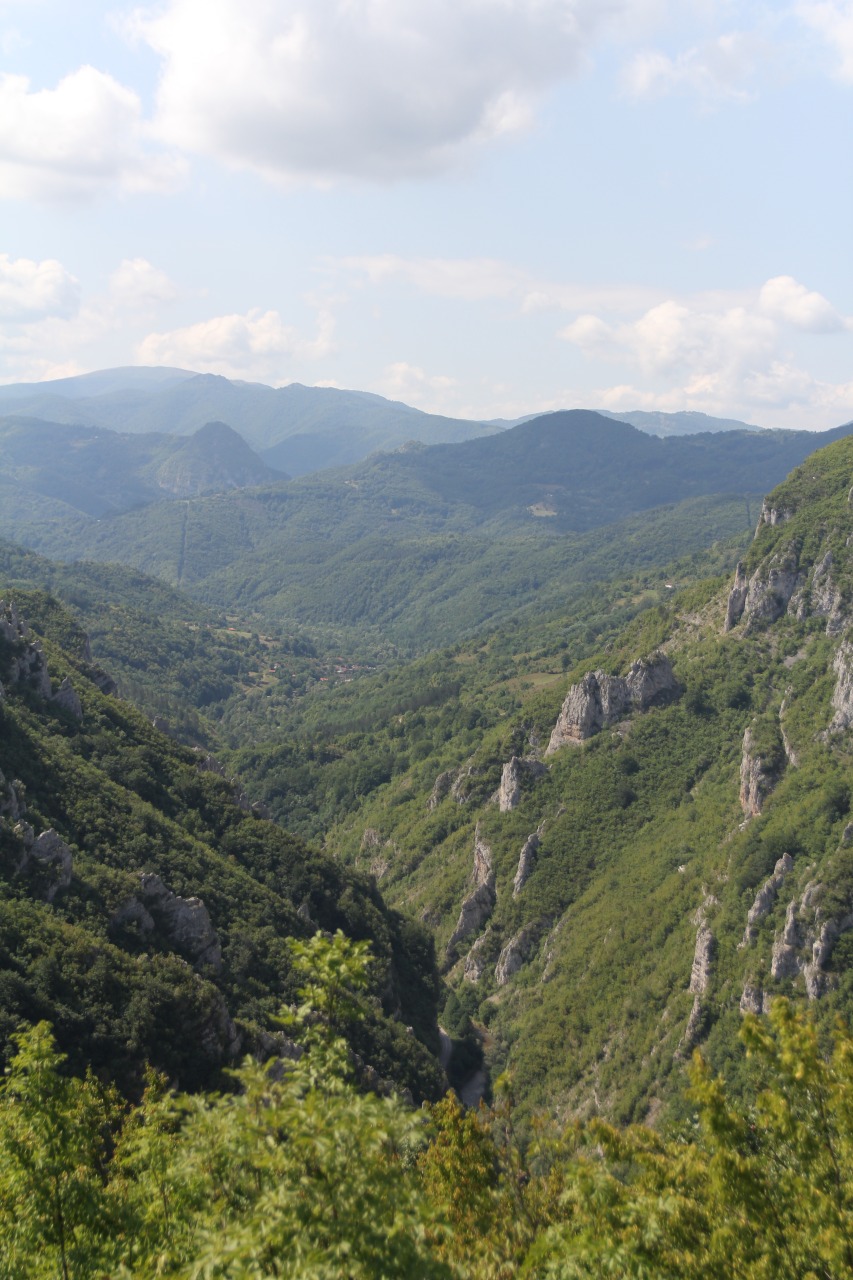
Lazarev Canyon holds a place in Serbian history and folklore. According to legend, it was named after Prince Lazar Hrebeljanović, one of Serbia’s most revered historical figures, who used the canyon as a hideout during his battles with the Ottoman Empire in the 14th century. The rough terrain and dense forests offered a natural fortress, making it an ideal location for retreat and regrouping.
The prince’s name, tied to the canyon and the nearby Lazareva Pećina, has transformed the area into a symbolic site of Serbian resilience and bravery. To this day, locals share stories of Prince Lazar’s escape through the caves, adding an air of mystique to the rugged landscape.
Adventure and Eco-Tourism Opportunities
In recent years, Lazarev Canyon has gained popularity as an ecotourism destination. Hiking trails wind through the canyon, providing opportunities for outdoor enthusiasts to explore its striking terrain. Some routes are challenging, requiring a good level of physical fitness, but they reward visitors with stunning panoramic views and the chance to experience nature undisturbed.

Joxy 1993
Beyond hiking, Lazarev Canyon offers activities for caving enthusiasts. Guided cave tours are available for those wishing to delve deeper into Lazareva Pećina, and climbers are drawn to the challenging rock faces that dot the canyon’s cliffs. The canyon is also home to diverse wildlife, including deer, wild boars, and various bird species, making it a haven for nature lovers and photographers alike.
Preserving Lazarev Canyon
Efforts have been made to protect Lazarev Canyon due to its ecological, historical, and cultural importance. As part of Serbia’s network of protected areas, the canyon is managed with a focus on conservation and sustainable tourism. By regulating access to certain areas and limiting human impact, local authorities aim to preserve this natural wonder for future generations.
Practical Tips for Visiting Lazarev Canyon
For those planning to visit Lazarev Canyon, it’s best to go between April and October when the weather is mild. Comfortable hiking shoes and suitable clothing are essential, as the terrain can be rugged and steep. The nearby town of Bor offers accommodations and restaurants, providing a convenient base for exploring the canyon and surrounding areas.
Guided tours are available for those interested in a deeper understanding of the area’s history and natural beauty. The guides often share local stories, folklore, and insights that bring the canyon to life, making it more than just a destination but an experience rooted in Serbian heritage.
Conclusion
Lazarev Canyon is more than just a beautiful landscape; it’s a testament to the power of nature and the resilience of the Serbian spirit. With its towering cliffs, ancient caves, and rich history, Lazarev Canyon invites visitors to explore, learn, and experience Serbia’s hidden natural wonders. For those seeking an adventure that combines outdoor exploration with cultural enrichment, Lazarev Canyon is a destination that should not be missed.
Related Articles


From Fireworks to Family Dinners: New Year’s Eve Across Serbia
December 31, 2025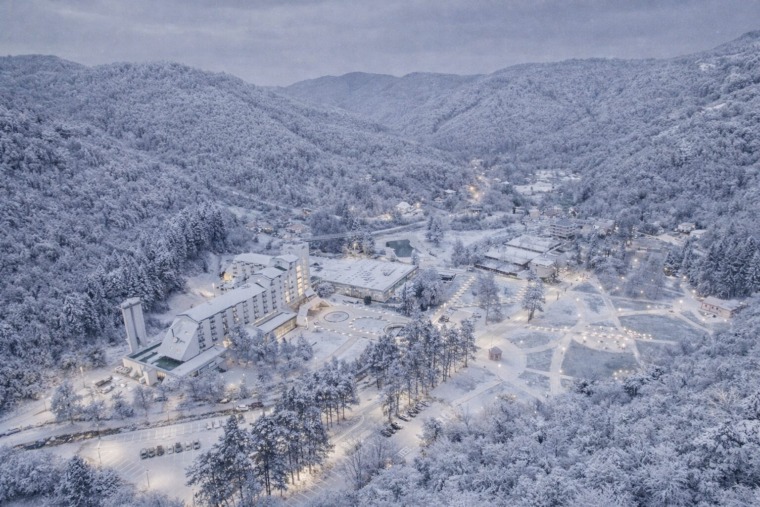
Kuršumlijska Banja: Serbia’s Quiet Winter Spa Escape
December 30, 2025

